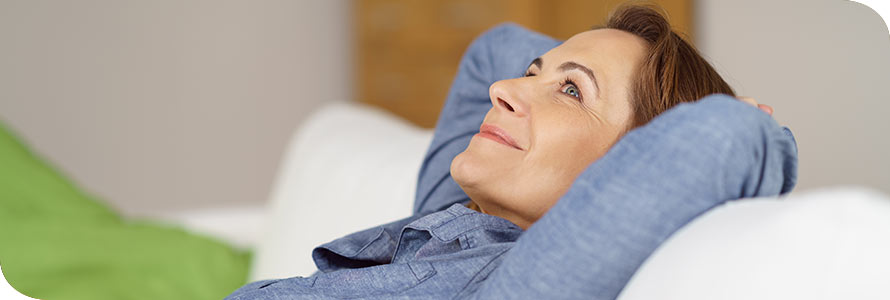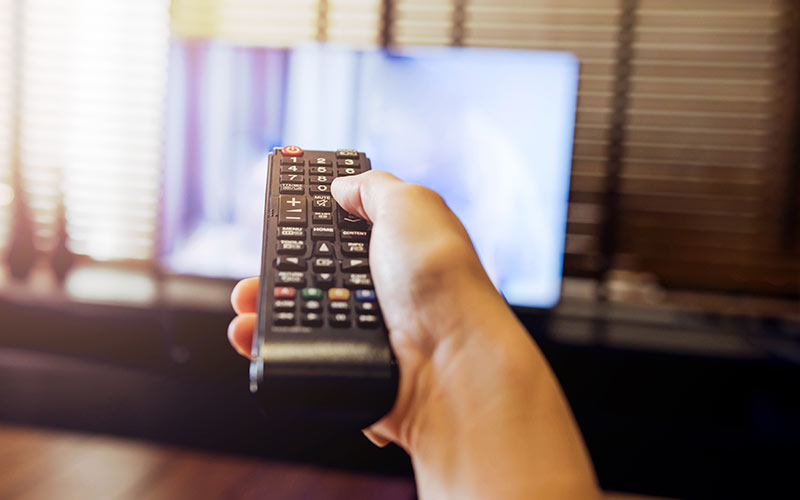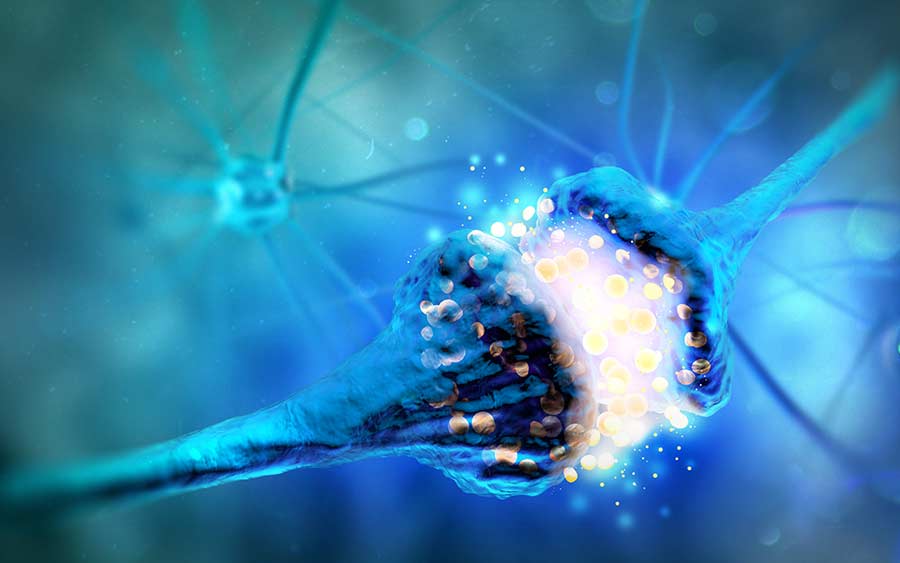Perhaps, if you’re like me, you’ve dreamed of quitting smoking while on vacation or wished there was a rehab for smokers, where you could escape your smoking triggers and the stresses of everyday life.
But what happens when you return home, and your triggers are there waiting for you?
In this article, you’ll learn:
- The 4 types of smoking triggers.
- How your triggers stop you from quitting smoking.
- If you should avoid your smoking triggers when you first quit.
- And how to crush your triggers with the CBQ Method.
Smoking Triggers: What Are They?
The smoking triggers, or else cues, are all the situations that remind you to smoke.
Some common triggers are: anxiety, boredom, driving, taking a break, finishing a meal, having a drink, feeling upset, or even celebrating.

You’re connected to your smoking habits through your triggers.
Because your triggers spark your desire to smoke and intensify your cravings.
At first glance, it may seem that after facing a trigger, you end up smoking – almost automatically.
But as we explain in the third quit smoking stage of the CBQ method, there’s a chain reaction (mostly subconscious) that leads to you picking up a cigarette and smoking it.
That chain reaction starts with a trigger.
For example, you experience stress (trigger). This trigger causes you to think “I need a cigarette to relax” (craving thought), which makes you feel like smoking (emotion) so you eventually smoke (behavior).
Your triggers affect your thoughts, your thoughts affect your emotions, and your emotions affect your behavior.
Trigger -> Craving Thought -> Emotion -> Behavior
You can learn more about this in my TEDx talk.
How Different Situations Turn Into Smoking Triggers
For every smoker, eventually, smoking becomes part of your routine and it becomes a coping mechanism that’s present in everything you do. (When I was a smoker, you could hardly find a photo of me without a cigarette between my fingers.)
So with time everyone and everything seems to make you smoke.
Because while you smoke and nicotine goes to your brain and releases dopamine, you’re doing certain things and activities; you’re living your life.
So your brain has learned to link smoking to certain activities, routines, habits, and people. And with time, all these situations become triggers.

For example, if you usually smoke while talking on the phone, then after a while talking on the phone will trigger your cravings.
Or if you smoke when you’re bored or stressed, then your brain has learned to expect a dopamine release when you feel that way.
So after a while feeling bored or stressed is an instant reminder for you to smoke.
If you don’t, your self-talk, your craving mind comes in and tells you:
“You need one.”
“If you don’t smoke you won’t be able to cope.”
“Just one cigarette.”
Why Does Your Brain Insist You Smoke?
Simply because nicotine has hijacked the dopamine pathways in your brain and makes it believe you need nicotine to survive – just like you need food.
Of course, you don’t need nicotine to survive and your brain is not working against you on purpose.
Your brain just has outdated information.
But whatever the brain can learn, it can unlearn it. I’ll show you how in a bit.
The issue is that by constantly linking your emotions, situations, moments, and people to smoking, it’s easy to think that without nicotine, you can’t relax, socialize, enjoy life, take a break, drive or concentrate.

It’s easy to think that without smoking your cigarettes will magically take away with them your capacity to enjoy life and cope with your problems.
But the truth is that you just don’t know how to live as a non-smoker – yet.
But everything you do as a smoker you can do better as a non-smoker.
The 4 Types of Smoking Triggers
1. Emotional Triggers
All smokers smoke either to boost a good emotional state or to escape from a bad one. These are emotional triggers.
When you’re drinking your coffee, you smoke to enjoy your coffee even more. —that’s a Boost.
When you’re bored or anxious, you smoke to alter that state.—that’s an Escape.
Or when you feel depressed, you will smoke to feel better. —again, an Escape.
When you are with your friends, colleagues, or partner, you smoke to connect and enjoy their company. — that’s a Boost.
Which emotional states are you trying to escape or boost by smoking? Make a list if you can.
See, there are many ways to quit smoking. But none of them will work unless…
You discover new ways to manage your emotions without smoking ….before you quit.

Let me explain.
If you had never smoked in your life, you wouldn’t be relying on cigarettes to calm down. And you wouldn’t be more anxious as a person. You would have found different ways to relax when you are stressed – just like non-smokers do.
But now, you are just used to relaxing by smoking. That doesn’t mean that you can’t relax in other ways.
You can!
You can learn 3 ways to manage your emotions without cigarettes here.
2. Social Triggers
Social triggers can social occasions and people.
Social occasions
For example, if every time you’re at a party, you smoke…then after a while you may think you can’t enjoy a party without smoking.
Because in your mind having fun and smoking are one and the same. Other social occasions can be:
- a wedding
- vacation
- your birthday
- dinner
But the strongest social triggers are…
People. If you habitually smoke with your partner, your best friend, your colleagues, or your neighbor, then after a while you may find it challenging to maintain a conversation with them without lighting up a cigarette.
You will feel that something is missing.
And when the people we see or love the most, are the people we smoke with…
… then we unconsciously fear that quitting smoking will damage our connection with them- even if that’s far from the truth.
In this short video, I show you how to enjoy social occasions as a non-smoker.

3. Environmental Triggers
Environmental triggers are all the places you have linked to smoking. It can be your:
- Home.
- A friend’s house.
- Your workplace.
- Certain walking distances you make every day
- A bar.
- Or your car.
Research shows that context and environment play a huge role and can strengthen or break any habit.
So if you habitually smoke while driving, then after a while getting in your car will become a trigger that reminds you to smoke.
4. Double-Habit Triggers
I call this category double-habit triggers because what reminds you to smoke are other habits you have.
Drinking coffee or alcohol, watching tv, eating and even talking on the phone are all habits.
If you usually smoke while drinking your coffee, it may seem that you can’t enjoy your coffee unless you smoke. And if you quit, life won’t be as fulfilling or enjoyable without cigarettes. But as you’ll see in a bit, that’s not the case.

All 4 Types of Smoking Triggers Can Happen at the Same Time
Many times you can encounter all those types of triggers at the same time.
Imagine you quit and you’re going out to see a friend who smokes. Social trigger.
You meet at a place you used to hang out when you were a smoker. Environmental trigger
You’re having a drink. Double habit trigger.
And you feel drained from the day, stressed and tired. Emotional trigger.
Should You Avoid Your Smoking Triggers When You First Quit?
You may have heard “experts” telling you to avoid your smoking triggers when you first quit.
But is this realistic?
Is it sustainable?
Most importantly…is it helpful or harmful?
According to the CBQ Method, you should never avoid your triggers.
Now I’m not saying to force yourself to face your triggers if you’re not ready, but don’t avoid them either. Just go on about your day, go on about your life.
Why?
Because when you stop smoking your brain starts breaking the associations between your triggers and smoking.

How to Weaken Your Smoking Triggers with the CBQ Method
When you put yourself in situations where you used to smoke and you don’t… and you are relaxed in these situations… you’re actually allowing your brain to get new information.
Because you show your brain that you don’t need smoking to enjoy and cope in these situations (which is what it used to think.)
You show your brain that nothing happened because you didn’t smoke.
This new experience creates new non-smoking memories and therefore, new neuropathways in your brain.
That’s how you crush your triggers, rewire your brain, and rewrite the script in your mind of how to be a non-smoker in different situations.
It’s important to expose yourself to your triggers while feeling good.
If you encounter a trigger and you feel bad, this actually gives your brain the opposite message. It tells your brain that it should keep reminding you to smoke so you can feel good. We don’t want that.
What about Alcohol?
The only exception to the rule of facing your triggers after you quit is alcohol.
Of course, you can socialize and unless you’re recovering from alcohol addiction you can have a drink.
However, it’s best to pace your drinking until you feel comfortable in your smoke-free life. It would be a good idea if at first, you had just one drink while socializing or had a glass of water in between drinks.
Summary
Triggers are all the situations that remind you to smoke. Over the years, your brain has learned to associate all these situations with cigarettes, and eventually, those situations become triggers.
To break the associations and weaken your triggers with the CBQ method, you need to expose yourself to your triggers while having a good experience.
Because every time you experience a situation as a non-smoker, you’re rewiring your brain and break past associations with smoking.
Just like your brain learned to expect nicotine, it can learn to not expect it and be content and happy without it.
After all, you were born a non-smoker, so you can return to that state; it just takes some practice.
Like we said before, the key to rewiring your brain is feeling good while facing your triggers.
So how can you do that? You need to change how you think about smoking and overcome the mental addiction, which is what the CBQ method is all about.
Over the last decade, the CBQ method has reached and helped millions of people quit easily by overcoming their mental addiction and changing how they experience smoking. And it can help you too.
You can get the free foundational video of the CBQ Method + the CBQ starter guide with tips for every quit smoking stage, an overview of your journey, and everything you need to start overcoming the mental addiction.

